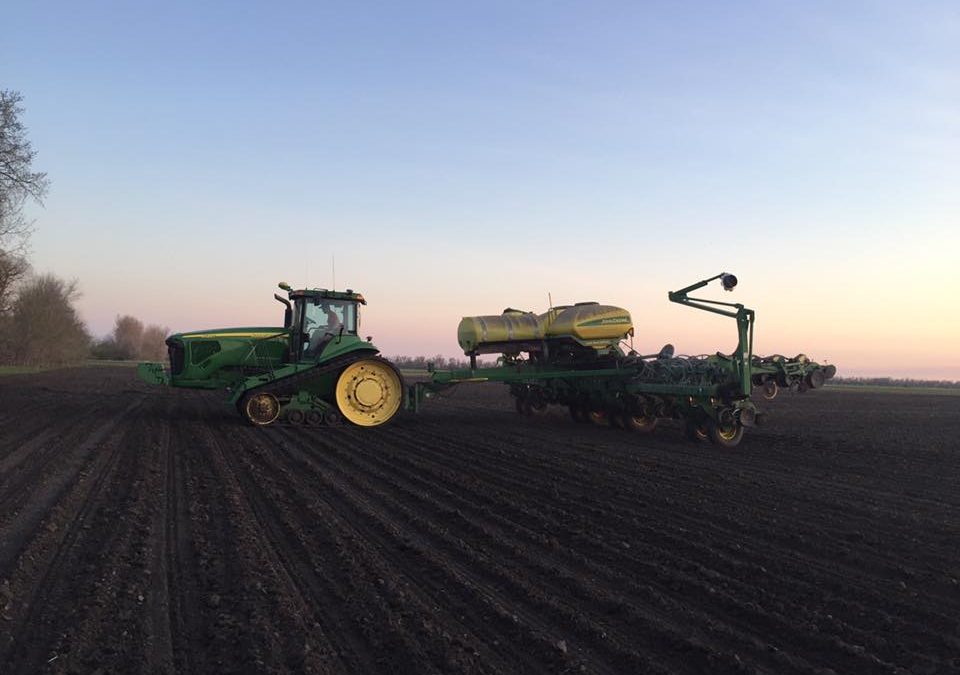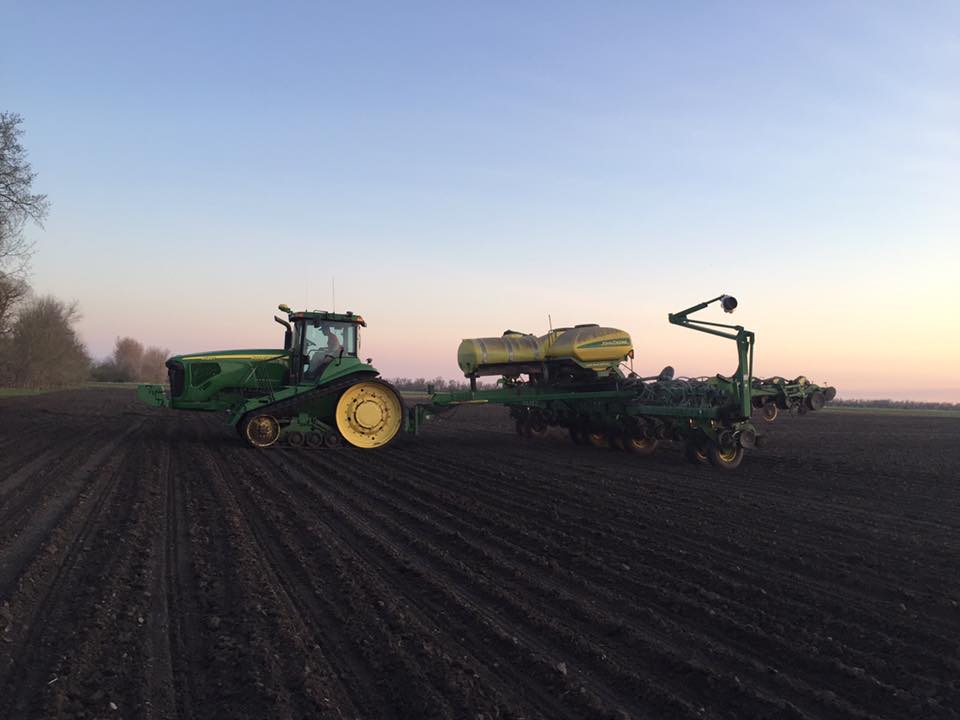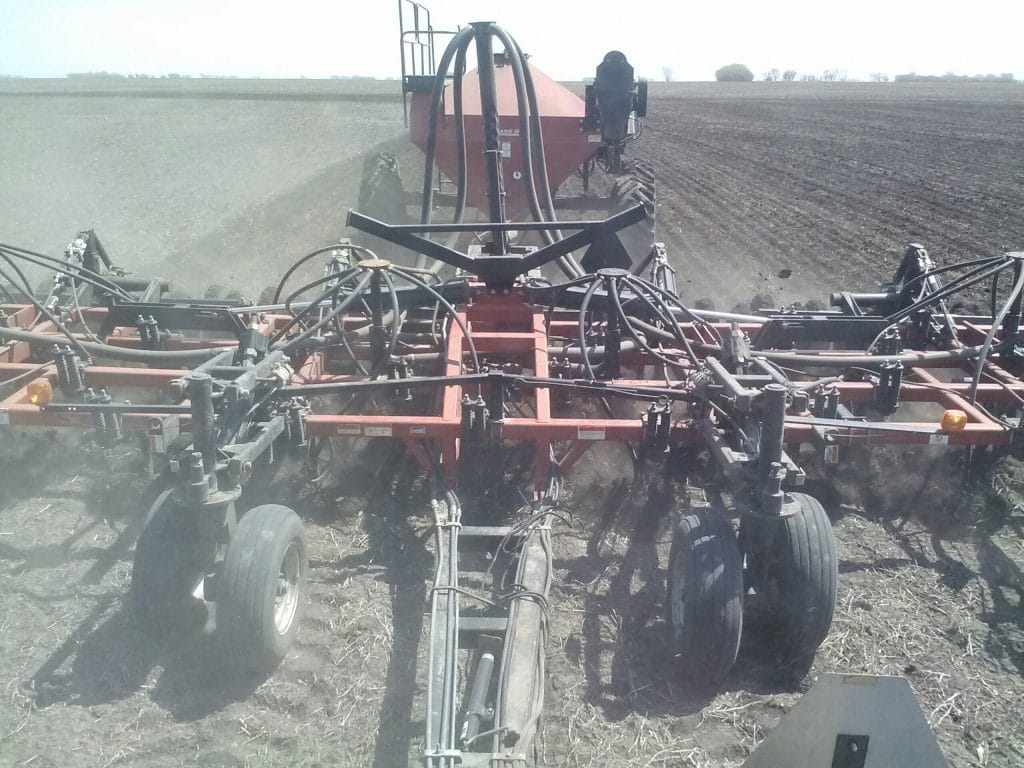Fail to Prepare? Prepare to Fail.

The days are getting longer, the snow is losing its battle to fully cover the soil, and the familiar urge to get into the field is back for another year. With planting season approaching quickly, there is one mantra that, to me, emphasizes the importance of this time of year: “Fail to prepare, prepare to fail.”
I have consistently preached that a good corn crop starts in the winter. Planter maintenance is critical to getting a smooth, uniform start this spring. Recently, I heard an ag speaker mention that you should spend one day per row in the offseason working on your planter. How many farmers have spent a couple weeks or more this winter in the shop looking over their planter to find issues?
First, make sure all chains and bearings are in good working order. Even one frozen link can lead to skips in the field. Next, move to the row units and measure the disks. They should be at least 14.5” across. When they are smaller than 14.5” you will not get the good ‘V’ shape in the bottom of the seed trench, which can lead to shallower planting depths than intended. Also, the disks should have at least 2-2.5” of contact. Some newer planters and disks are smaller so I recommend checking with your dealer for the correct pinch, which will help create a true ‘V’ shape.
Check the gauge wheel spacing to make sure they, at minimum, rub up against the disk. Also, check for wear on the arms and reverse them if necessary. Before you put the disks and gauge wheels back on, check for wear on all seed tubes and tube guards and replace both if wear is too severe. Do not assume that all depth notches are the same: check each row unit by blocking up the gauge wheels and mark the 2” notch for each row.
While reviewing spring tension on your closing wheels, make sure the spring has some tension in the first notch. If not, replace the spring. Also, check that the bushings are not worn and that the closing wheels run true behind the seed trench.
When you get into the field to plant for the first time, confirm seeding depth and adjust accordingly. If the toolbar is not running level, it may be due to the hitch not being high enough on the planter/3-point. Make sure the parallel arms are level with the ground, as well. Any unevenness can lead to the row cleaners working too aggressively ahead of the seed trench while not sealing the seed trench by having the closing wheels too loose in the back.
It may seem like a long list of items to check before getting into the field, but from my experience, a little time in the shop will help prepare you for a successful and smooth planting season. A ready planter will lead to a better, more uniform stand that allows for the highest genetic potential.














